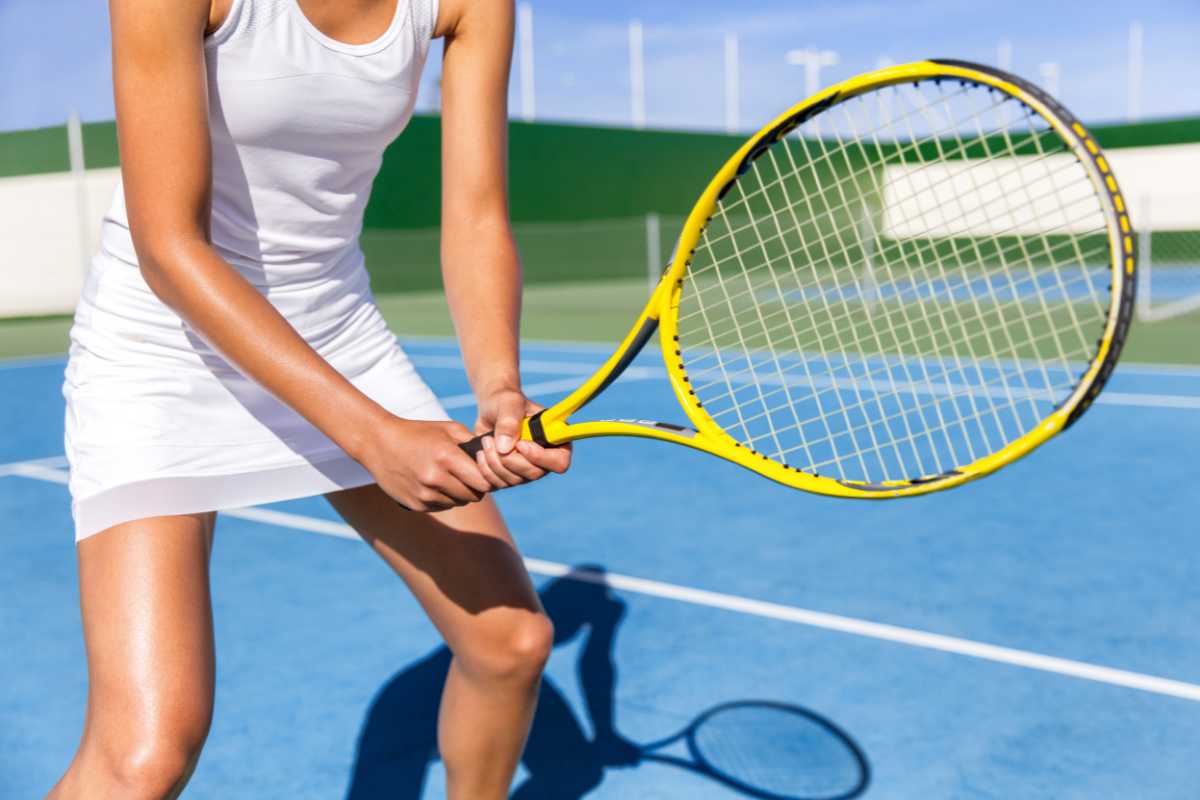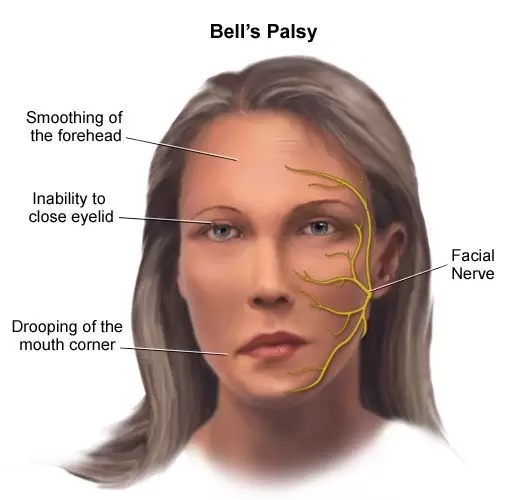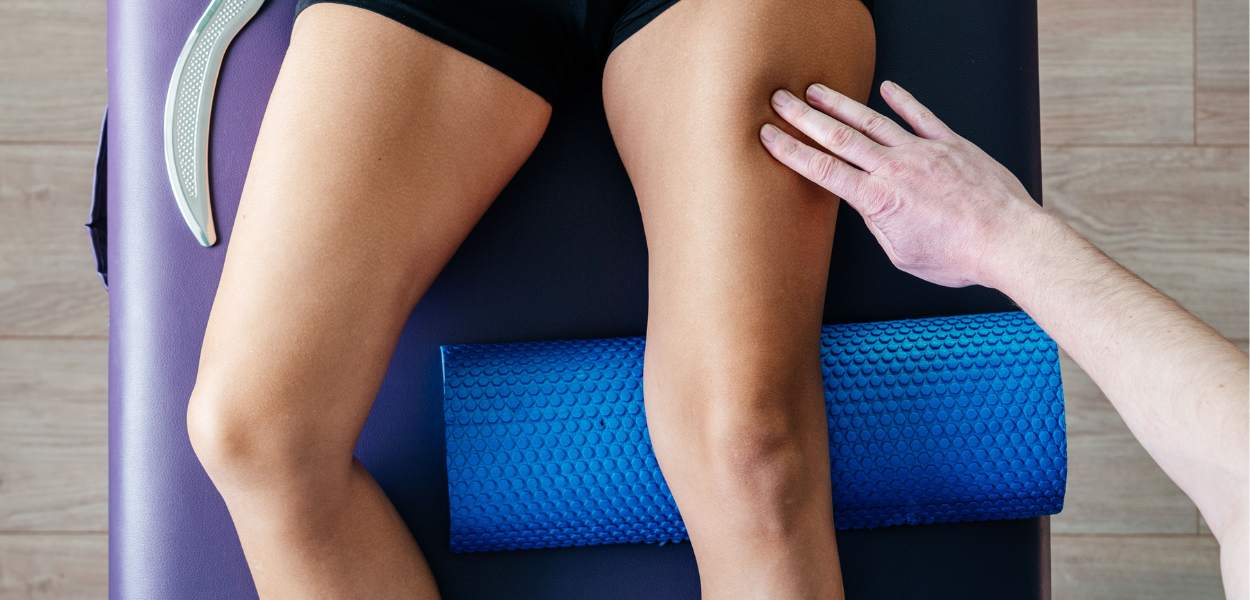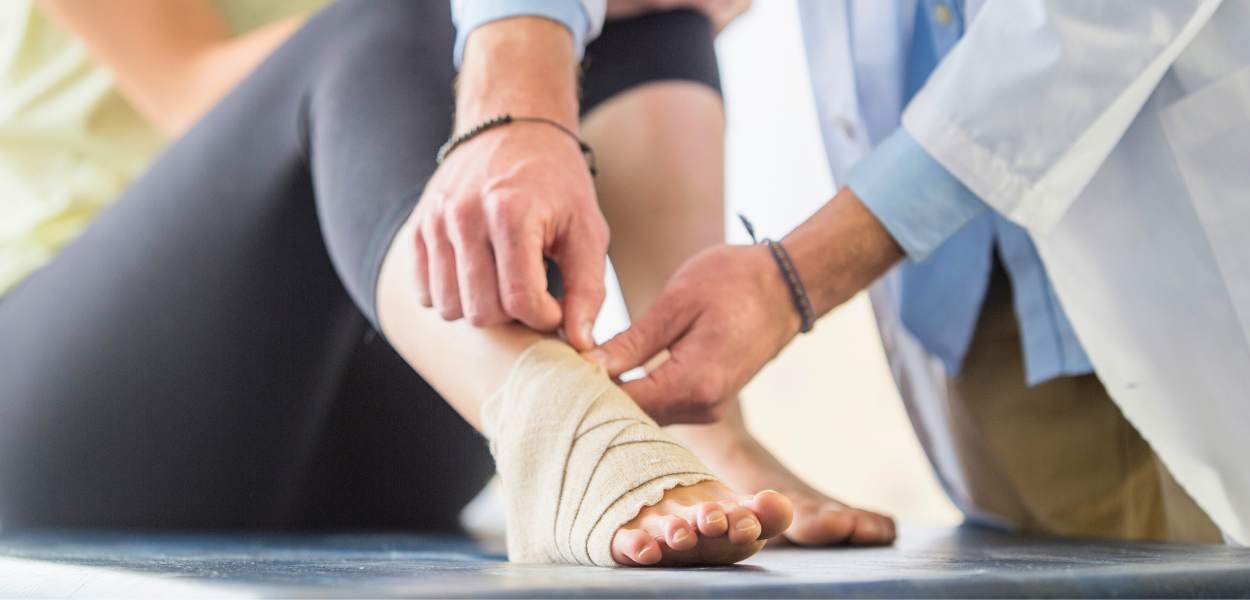The Most Common Injuries in Sports
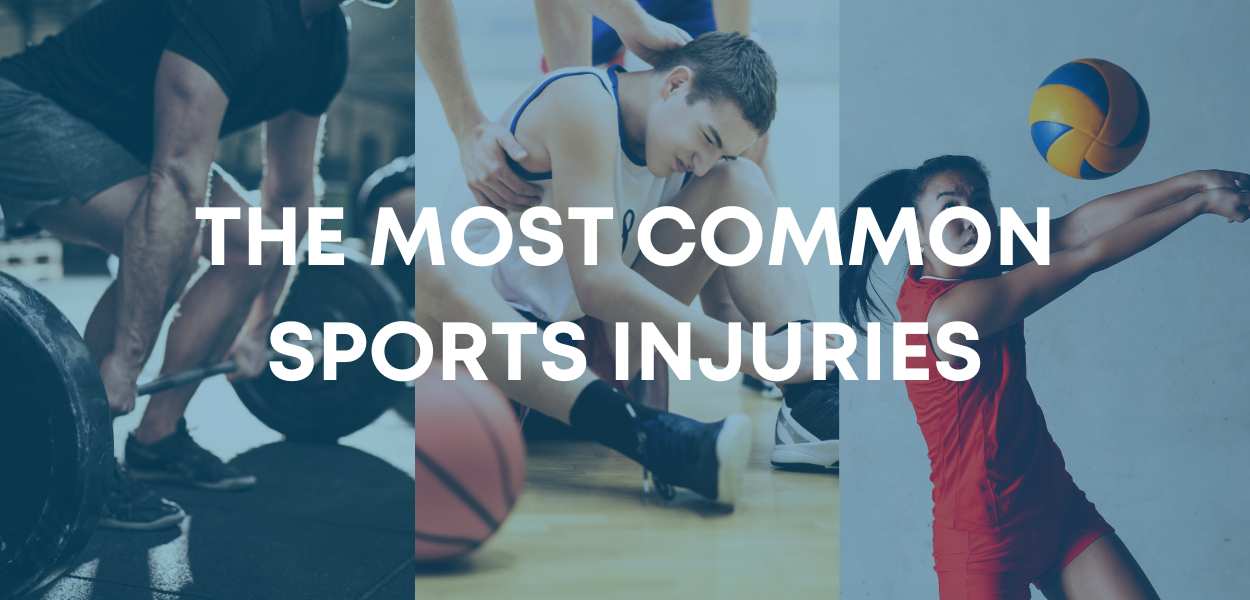
Participating in sports, working out at the gym or doing any form of physical activity is a great way to keep your body active and maintain a healthy lifestyle. Regular exercise does provide plenty of health benefits ranging from controlling your weight to reducing the risk of disease.
In a perfect world, only good would come from playing sports. Unfortunately the risk of getting hurt or injured will always be present when doing sports. Nevertheless, that should not deter you from doing them as the health benefits of sports and exercise outweigh the risks of injuries!
By understanding the most common sports injuries, you can take steps to prevent them, or at least reduce the risk of getting hurt.
Causes Of Sports Injuries
First of, let’s break down the most common reasons that injuries occur in sports.
Overuse
When you have an active lifestyle or play sports regularly, the risk of getting hurt is higher. When you constantly train one part of your body, without adequate rest or recovery time, it can cause stress, pain, and swelling. Chronic wear tear of the muscles, tendons and joints will produce fatigue to the body.
Insufficient Warm Up
Prepping your body by warming up is a crucial step to take before starting any physical activity. However, many tend to disregard the importance of it and jump straight into their routine.
Warming up is beneficial because it gradually improves blood flow prior to the exercise, allowing the muscles to contract and relax more easily. This reduces the chance of strain. It also enables you to perform more vigorous activities with ease. When you skip this step, your body is much more prone to sprains, cramps, and other injuries due to ‘cold’ muscles.
Overtraining
While playing sports and being active has its own benefits, doing too much can take a toll on your body, especially when you do not let your muscles rest and recover.
It’s admirable to keep pushing yourselves to train hard and improve your performance, but ignoring the signs of overtraining can hinder your progress and result in injuries.
Excessive Stretching
Stretching your muscles beyond their normal range can cause significant tears which cause more harm than good. Stretching should not be painful. If you feel a sharp or stabbing pain, it is a sign that you are overstretching.
Overstretching can occur anywhere in the body but is most common in the knees, elbows, neck, fingers, ankles, and shoulders.
Incorrect Form & Technique
Improper technique poses a greater risk of injury. When you perform the same movement repeatedly while using wrong technique, it causes unnecessary stress on the muscles, leading to a potential injury.
For example, tennis elbow is often caused by having poor backhand technique, or lower back strain is caused by poor form when doing weightlifting exercises such as the deadlift.
List of Common Sports Injuries
Different sports can cause different injuries. Here are some of the most common injuries that athletes of all abilities experience:
Anterior Cruciate Ligament (ACL) Rupture
The ACL is one of the key ligaments that help to provide stability. The knee endures a lot of impact and wear during sports activities, which is why tears are pretty common. The ACL can rupture when performing either contact or non contact sports – causing it to swell, feel unstable, and become too excruciating to carry your weight.
Shoulder Strains & Tendon Tears
The rotator cuff is a group of muscles and tendons that surround the shoulder joint and help with movement and stabilising the shoulder. These muscles may be torn when they are forcibly contracted and overstretched.
One of the most common shoulder strain injuries is the rotator cuff tear. Athletes that play overhead sports, such as volleyball or tennis, have a greater risk of getting this injury due to the nature of the game.
Sprains
Sprains are commonly caused due to a tear or overstretching of one or more ligaments. When these ligaments are injured, your joint will move in an unnatural way and may cause some tenderness, swelling, and bruising. One of the most common sprains is an ankle sprain.
Strains
A strain occurs when the muscles and tendons in the body are tensed too much, causing them to overstretch or result in a tear. When this happens, your movements in the affected area are very limited. Hip and calf strains are common injuries that athletes face.
Pulled Hamstring
The hamstring consists of three muscles that run down the back of the leg, from the thighs to the knee. A hamstring pull occurs when these muscles are overstretched or torn. You may experience pain in the back of your thigh when straightening or bending, as well as swelling, bruising, and tenderness.
Shin Splints
Shin splints occur due to constant stress to the shin bone and muscles surrounding it, causing inflammation. This is fairly common in distance runners. Stretching and even wearing good running shoes are a couple of ways to prevent shin splints from happening.
Lower Back Pain
Lower back pain is a common sports injury that athletes experience. Inflammation of back muscles due to strain and stiffness in the spinal joints can cause back pain and loss of movement. Proper warm up and stretching is a great way to prevent this from happening.
Wrist Injuries
The wrist comprises of ligaments and tendons that provide stability. A wrist injury happens when these structures are contracted in a stretched position. Tennis players, golfers, and mountain climbers are more prone to this type of injuries.
Treating Your Sports Injuries with LOVE
Some sports injuries may not be as severe as others and can be treated at home by following the LOVE approach.
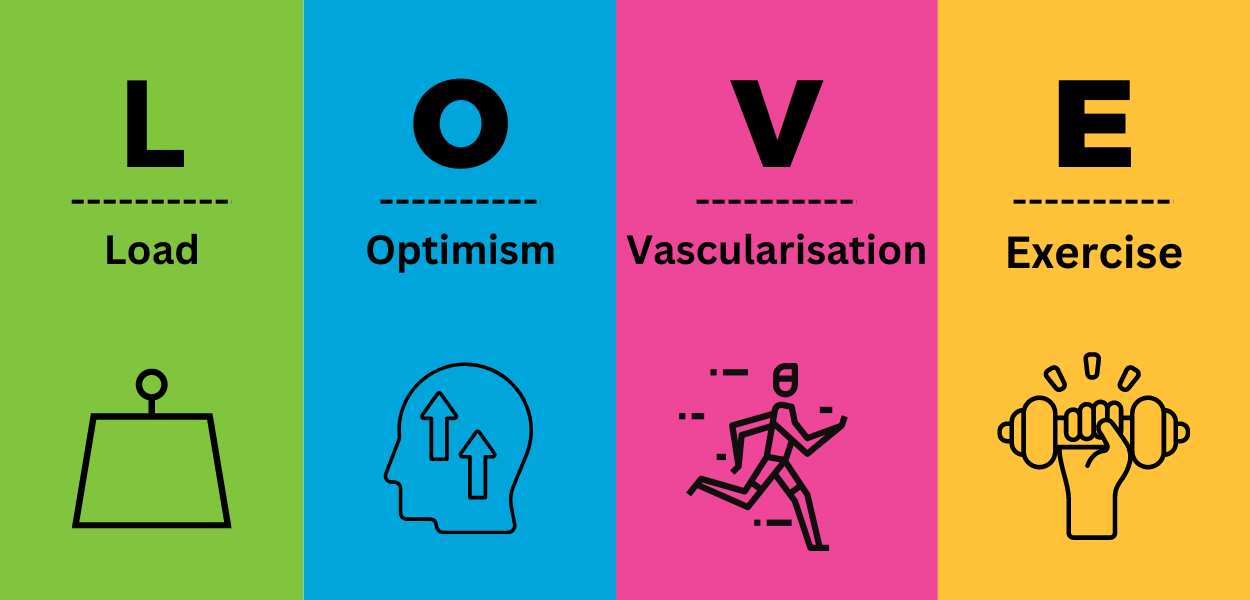
Load – An active approach of movement and exercise are highly beneficial in the treatment of most soft-tissue injuries. As soon as the symptoms allow, try to resume normal activities to promote tissue repair and rebuild tolerance & strength.
Optimism – Psychological factors play a bigger role in recovery than you might think. Observational studies have shown that beliefs and emotions were found to have more of an impact on the variation in symptoms following an ankle sprain than physiological factors. As a result, stay positive and optimistic as much as possible in your recovery!
Vascularisation – Cardiovascular activity is important in managing injuries. Getting started with some pain-free aerobic exercise (such as a light jog or cycling) a few days after injury will boost motivation, increase blood flow and reduce the need for pain medication.
Exercise – In order to properly treat soft-tissue injuries and reduce the prevalence of recurrent injuries, exercise after a few days is key to recovery. Exercises help to restore mobility, strength and proprioception (our sense of joint & limb positioning).
Preventing Sports Injuries
Avoiding or reducing the risk of sports injuries is easy with these simple steps:
1. Always warm up and stretch thoroughly to increase the blood flow to your muscles. Do it gently and slowly so as to not overstretch yourself.
2. Use appropriate attire that is made specifically for the sport of your choice so that you can perform it comfortably.
3. Stay hydrated. Drink plenty of water before, during and after your exercise or physical activity. Water helps to regulate your body temperature as well as reduce heat stress.
4. Do not exert yourself beyond your level of fitness. Gradually increase intensity and duration of training.
5. Cross train with other sports to ensure overall fitness and muscle strength.
6. Use good and proper technique to avoid getting injured.
7. Ensure that you cool down after any physical activity with slow, gentle, and sustained stretches.
8. Allow adequate recovery time and rest in between sports.
Seek Medical Attention
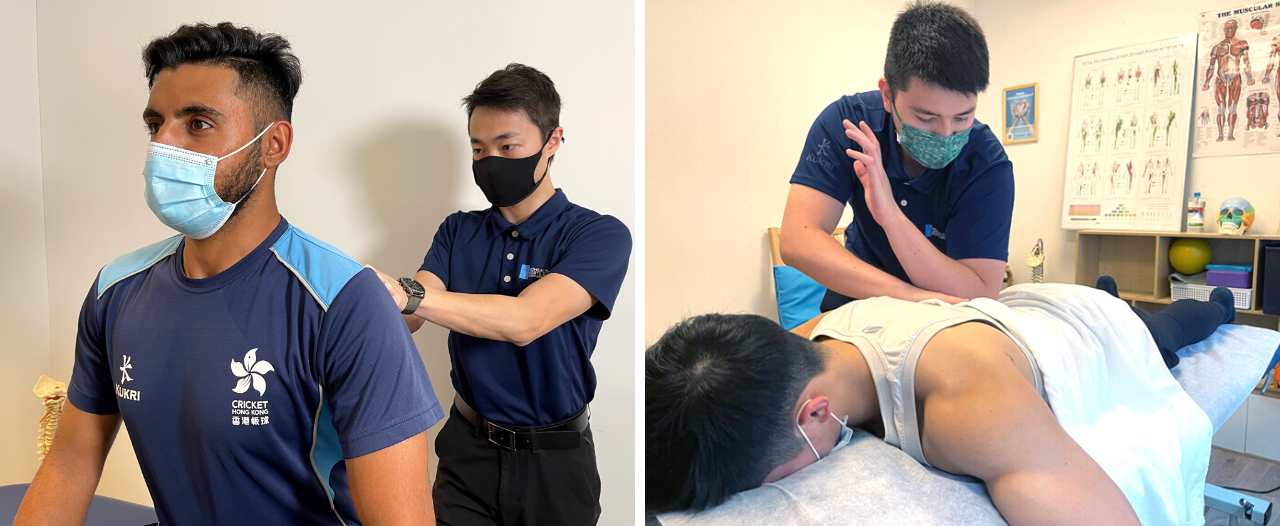
If you’ve followed the LOVE method but there are still signs of pain and swelling, it is best to seek medical help as soon as possible. If your injury is improving but not to its maximum capacity, you can seek a physiotherapist! Your physiotherapist can help to rehabilitate the injured area and develop a tailored treatment and exercise program to improve your strength and flexibility.
Depending on the type of injury you have sustained, the treatment will include various aspects such as strengthening and mobilisation exercises, pain relief techniques and functional skills. The goal is to ensure a quick recovery, restoring full function and strengthening weakened muscle groups so that the risk of reinjury is minimised.
With proper physiotherapy care and patience, you’ll be back in shape in no time!
Need Help with Your Injuries? Contact Us Today
At Prohealth Sports & Spinal Physiotherapy Centres, we offer hands-on treatments for sports-related injuries as well as other conditions that affect the musculoskeletal and neural systems.
Our team of physiotherapists are professional and experienced in working with clients of all ages and sporting abilities. Our treatment plans are always personalised for each individual to each their maximum recovery potential. Working with our physios, you will receive a detailed assessment to fully understand the root cause and identify areas requiring treatment.
We use a wide range of physical therapy treatments (such as manual therapy, soft tissue massage, exercise-based rehabilitation, shockwave therapy etc.) to help with your injury. The actual physiotherapy treatment depends on the individual’s stage of the injury.
From there, our physios will develop a program to help to clients return to full mobility and function, with advise on exercises and activities to minimise the risk of re-injury.
For more information, contact us at +852 2530 0073, or email appt@sportsandspinal.hk.

